Following a thought-provoking comment about the evolving attire of Major League Baseball (MLB) managers, we decided to delve into a sartorial subject that’s been quietly changing: the baseball uniform for managers. Reader Robert Brashear sparked the question: “Do MLB managers even wear jerseys anymore?” This prompted an investigation into the dugout dress code of all 30 MLB teams in the 2021 season to see just how prevalent the traditional uniform remains.
While initial reactions might point to managers like Dave Roberts of the Dodgers and Luis Rojas of the Mets as steadfastly sticking to the full uniform, the broader picture reveals a more nuanced landscape. It’s rare to find a manager who never dons the full uniform. Even those who favor hoodies or casual wear often smarten up for landmark occasions like Opening Day or Jackie Robinson Day. Conversely, even the most traditionally dressed managers might occasionally opt for a more relaxed look.
However, our research indicates that the notion of the jersey disappearing from the manager’s wardrobe is somewhat overstated. A significant number of MLB managers still proudly wear their team’s jersey. Let’s break down the findings, starting with the National League.
In the National League, we identified six managers who are consistently seen in full uniform:
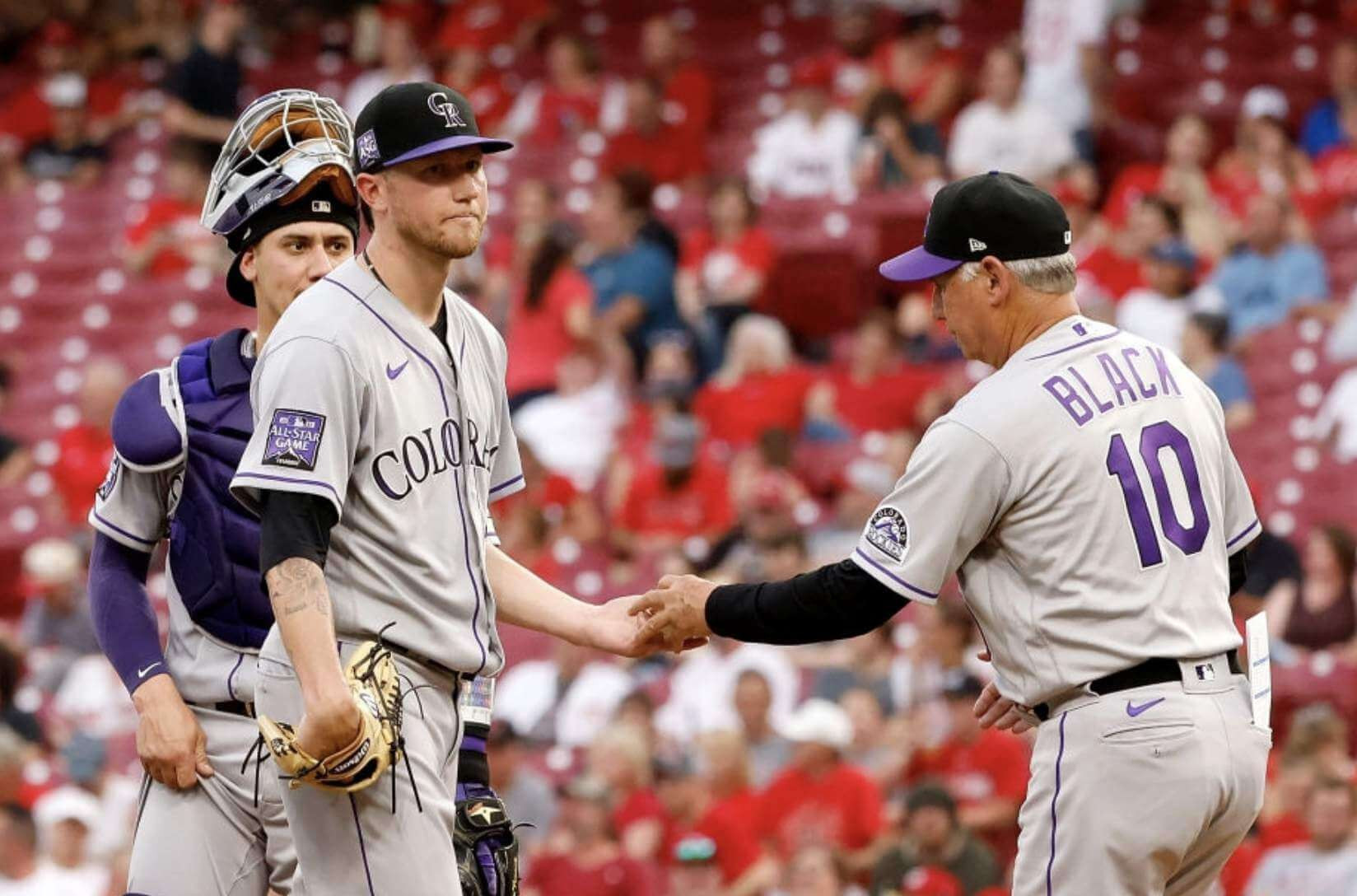
Image: Bud Black, manager of the Colorado Rockies, wearing a full baseball uniform including jersey and cap, standing on the field.
Bud Black, Rockies
———
Torey Luvollo, Diamondbacks
———

Image: Dave Roberts, manager of the Los Angeles Dodgers, in a Dodgers baseball uniform and cap, standing in the dugout during a game.
Dave Roberts, Dodgers
———
Luis Rojas, Mets
———
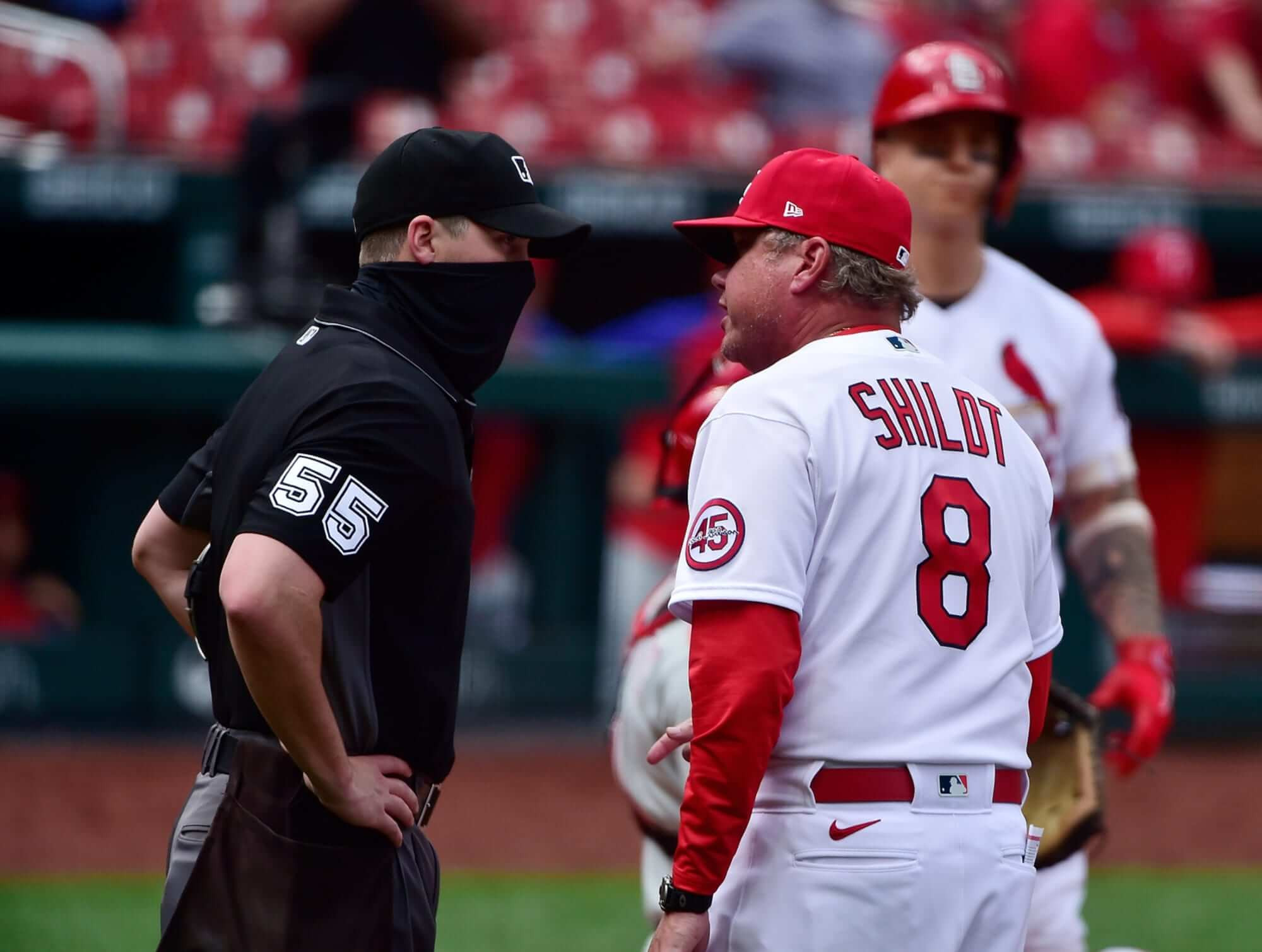
Image: Mike Shildt, then-manager of the St. Louis Cardinals, wearing a Cardinals uniform, including jersey and pants, on the field.
Mike Shildt, Cardinals
———
Brian Snitker, Atlanta
———
Adding to this group, three more National League managers sometimes opt for the full uniform. While pinpointing exact percentages is challenging based on photo research alone, it’s estimated these managers wear a jersey at least 40% of the time.
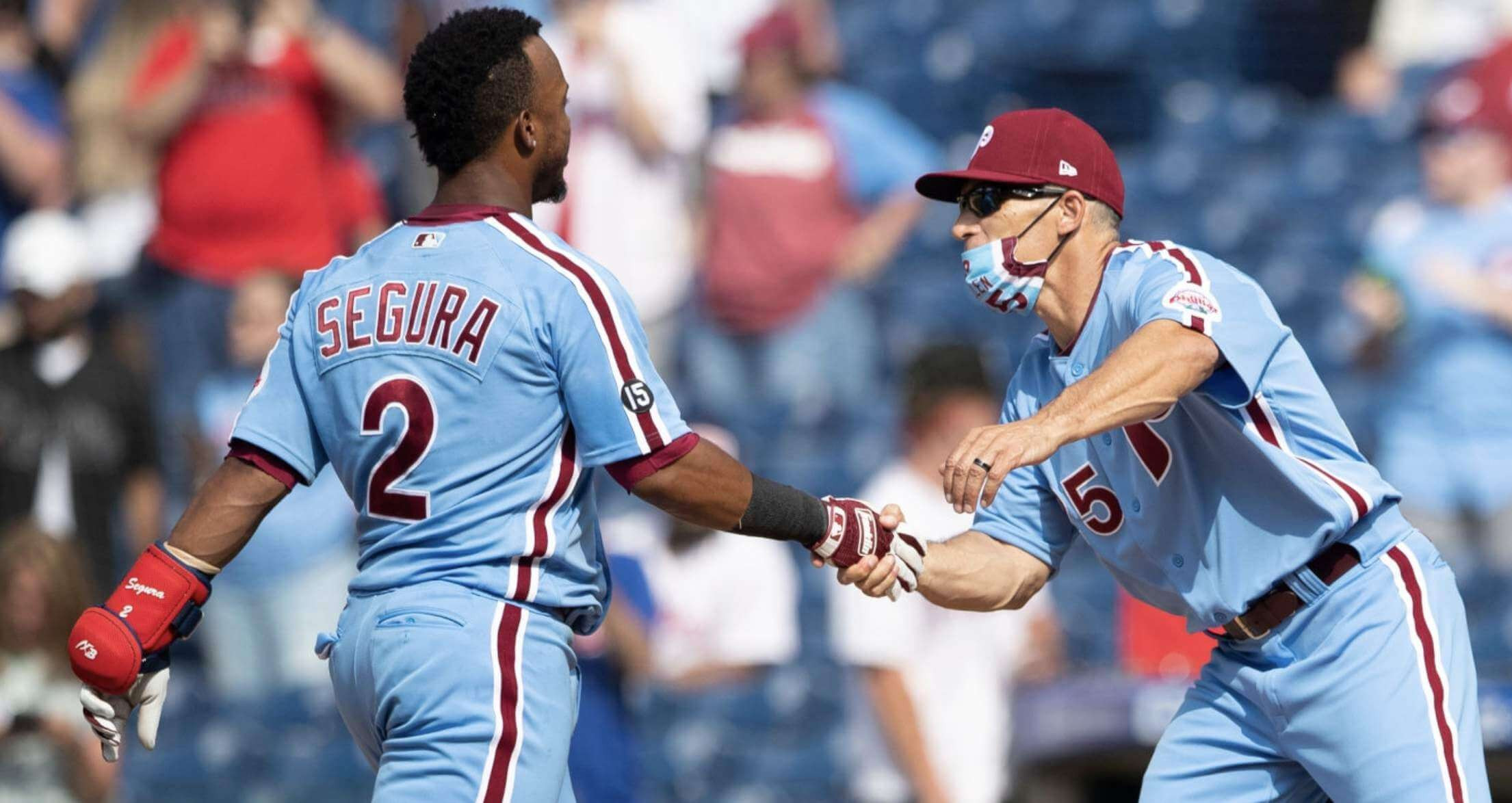
Image: Joe Girardi, then-manager of the Philadelphia Phillies, wearing a Phillies baseball uniform, including jersey, pants and cap, in the dugout.
Joe Girardi, Phillies
———
Gabe Kapler, Giants
———
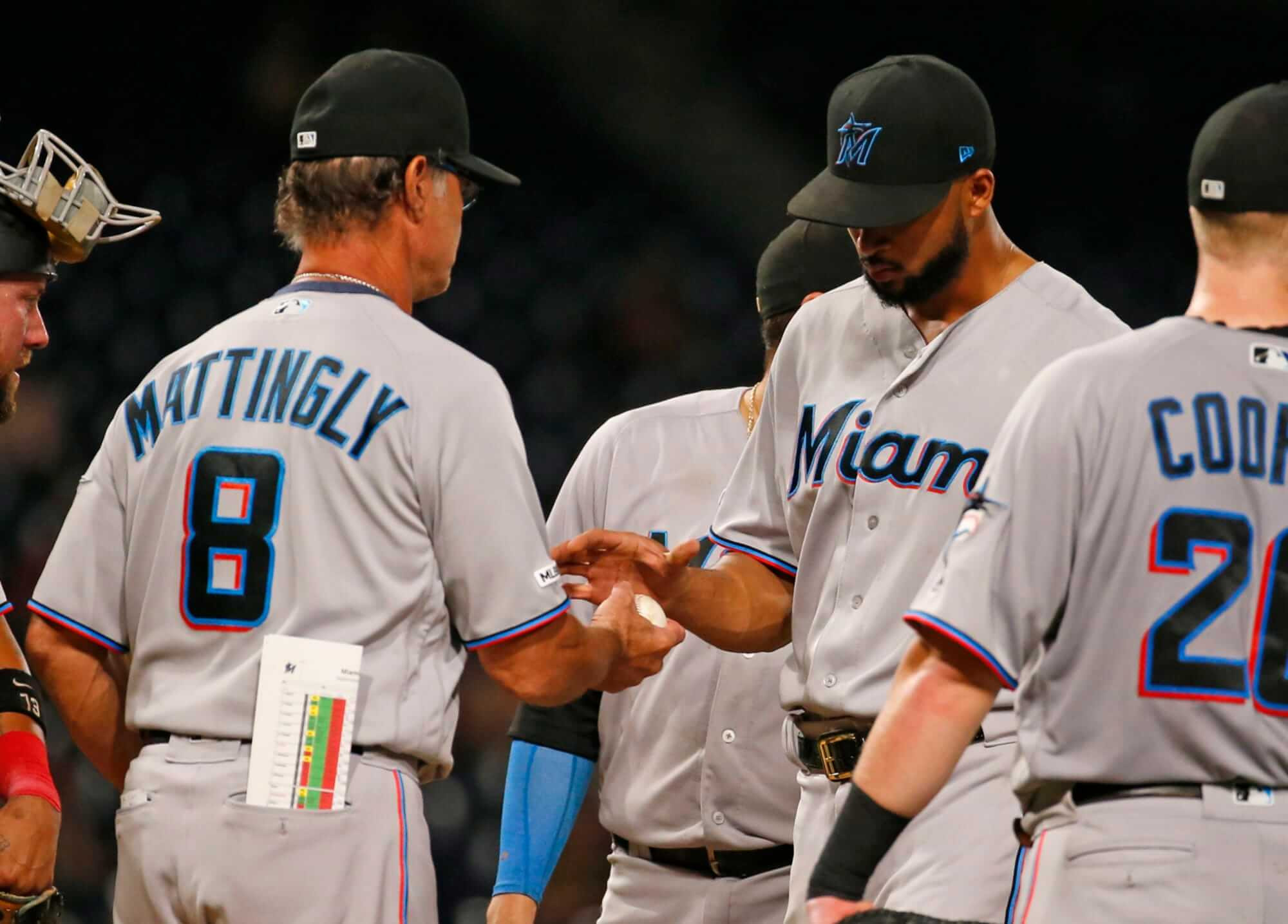
Image: Don Mattingly, then-manager of the Miami Marlins, wearing a Marlins baseball uniform, including jersey and cap, standing on the field.
Don Mattingly, Marlins
This leaves six NL managers who typically choose to forgo the full uniform: David Bell (Reds), Craig Counsell (Brewers), Dave Martinez (Nationals), David Ross (Cubs), Derek Shelton (Pirates), and Jayce Tingler (Padres).
Therefore, in the National League, approximately six out of fifteen managers regularly wear a full uniform, with another three adopting it frequently.
The American League presents a slightly different scenario. Here, we found only four managers who consistently wear a full uniform, with an additional two who do so occasionally. Let’s look at the “full-uni” contingent in the AL:
Dusty Baker, Astros
———
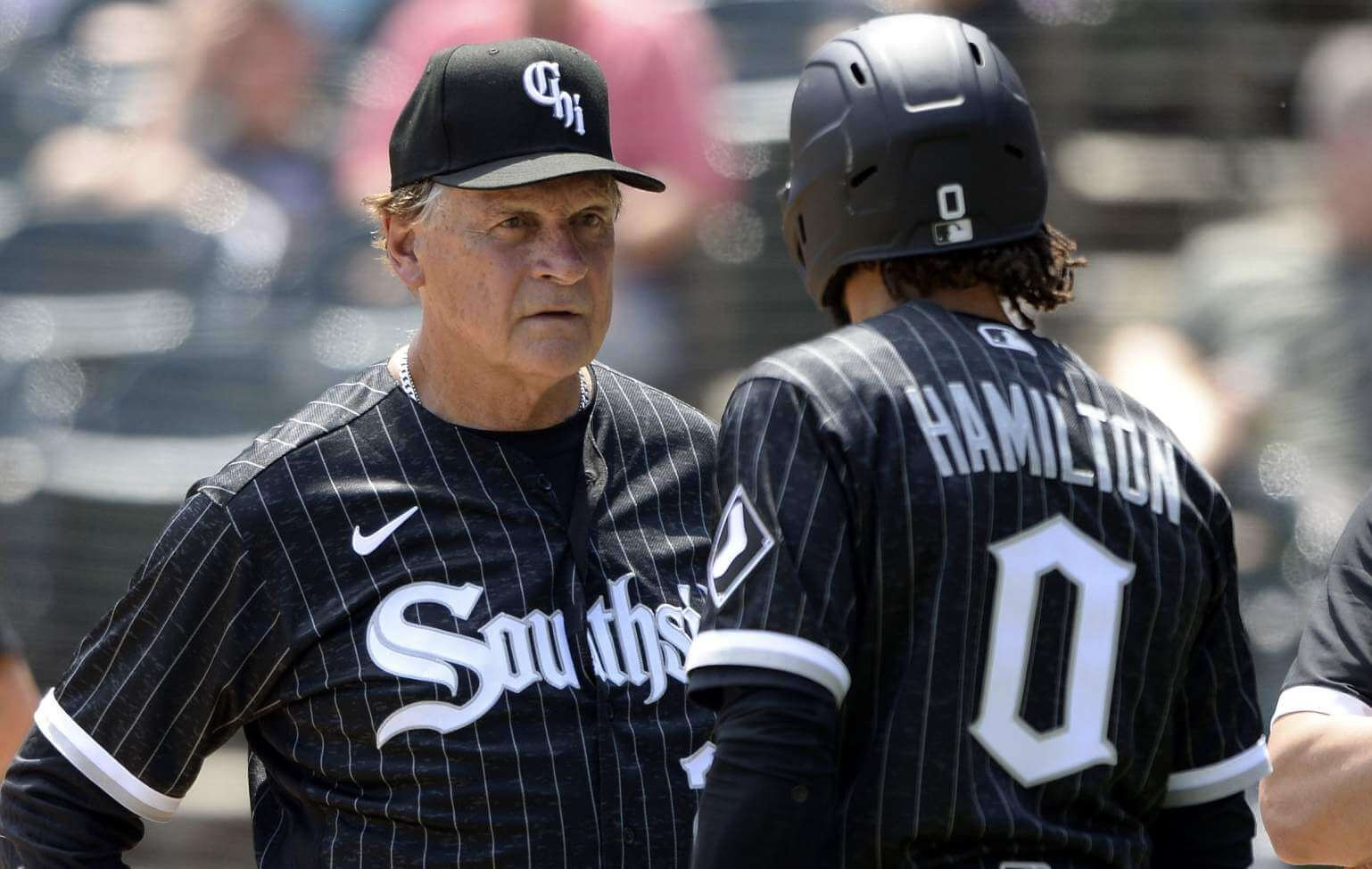
Image: Tony La Russa, then-manager of the Chicago White Sox, wearing a White Sox baseball uniform, including jersey and cap, in the dugout.
Tony La Russa, White Sox
———
Mike Matheny, Royals
———
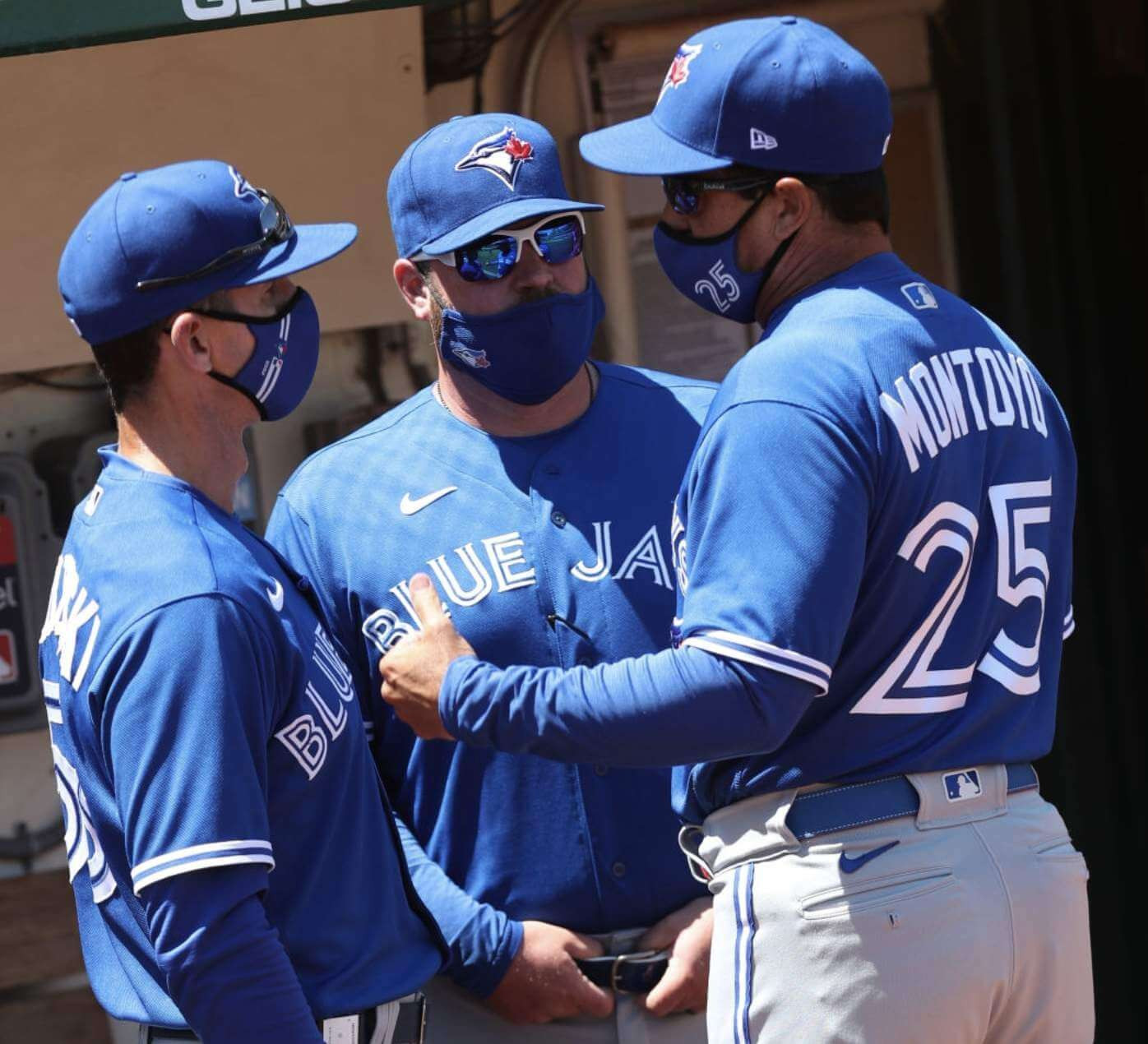
Image: Charlie Montoyo, then-manager of the Toronto Blue Jays, wearing a Blue Jays baseball uniform and cap, standing on the field.
Charlie Montoyo, Blue Jays
And these American League managers sometimes appear in a full uniform, estimated at least 40% of the time:
A.J. Hinch, Tigers
———
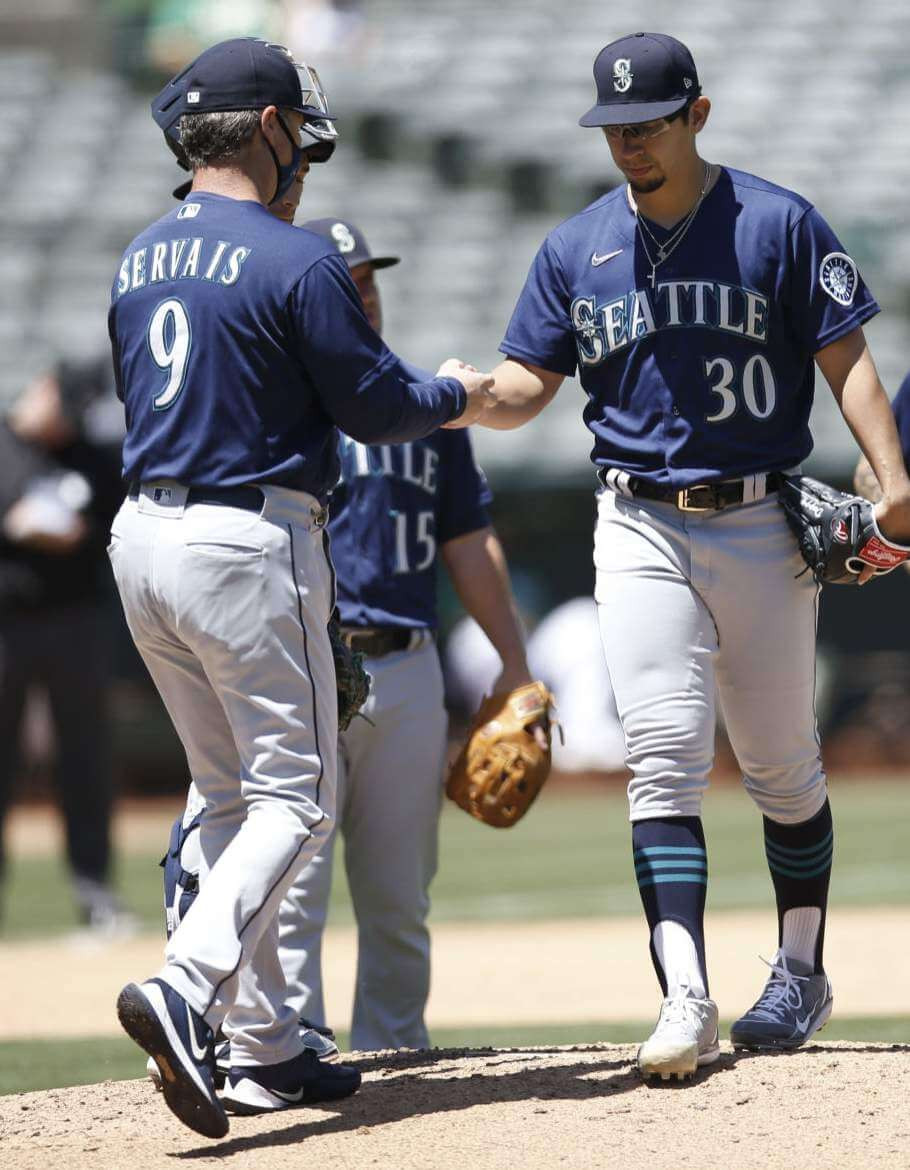
Image: Scott Servais, manager of the Seattle Mariners, wearing a Mariners baseball uniform, including jersey and cap, in the dugout.
Scott Servais, Mariners
This leaves nine AL managers who generally do not wear a full uniform: Rocco Baldelli (Twins), Aaron Boone (Yankees), Kevin Cash (Rays), Alex Cora (Red Sox), Terry Francona (Cleveland), Brandon Hyde (Orioles), Joe Maddon (Angels), Bob Melvin (A’s), and Chris Woodward (Rangers).
Combining both leagues, the overall picture of MLB manager attire in 2021 breaks down as follows:
- Ten managers, representing one-third of MLB, routinely wear a full uniform.
- Another five managers sometimes opt for the full uniform.
- The remaining 15 managers, constituting half of the league, typically do not wear a jersey.
While not as drastic as initially suggested, this data clearly indicates that wearing a jersey is no longer mandatory for MLB managers. This leads us to the core question: Why Do Baseball Managers Wear Uniforms in the first place?
The Historical Roots of Manager Uniforms
The tradition of baseball managers wearing uniforms is deeply rooted in the sport’s history. It originates from the early days of baseball when it was common for active players to also serve as team managers. This player-manager role blurred the lines between playing and managing duties, making the uniform a natural fit. Pete Rose, managing the Cincinnati Reds in 1986, holds the distinction of being the last player-manager in MLB.
Another key factor is the on-field presence of baseball managers. Unlike managers in sports like basketball or football who primarily coach from the sidelines, baseball managers frequently step onto the field. They might be making pitching changes, engaging in discussions with umpires, or strategizing with players directly on the field. In these dynamic situations, a uniform aligns them visually with their team and signifies their active role within the game. The same rationale applies to base coaches, who are also always in uniform and actively involved on the field.
The Era of Suit-Wearing Managers
Interestingly, not all historical managers embraced the uniform. Some iconic figures, like Connie Mack, the legendary manager of the Philadelphia Athletics for half a century, famously wore suits in the dugout. However, it’s important to note that even during eras when suits were sometimes seen, managers always had the option to wear a uniform. Mack’s suit was a personal choice, not a reflection of a different dress code.

Image: A close-up of a baseball cap in various sizes, promoting the Uni Watch Classic Cap, highlighting different sizes available for purchase.
Burt Shotton, who managed the Brooklyn Dodgers from 1947 to 1950, is considered the last manager to regularly wear a suit in MLB. His tenure marks a transition point towards the more uniform-centric approach that became dominant for subsequent decades.
Uniform Controversies and Shifting Perceptions
The idea of managers in uniform was so ingrained that even deviations caused a stir. In 2007, Terry Francona, then managing the Boston Red Sox, faced a “wardrobe compliance check” during a game for wearing a pullover instead of a jersey. Francona cited circulatory issues as his reason for preferring the looser pullover. This incident highlighted the then-strict expectations around manager attire.
However, the backlash from the Francona incident, combined with a general softening of dress codes over time, seems to have led MLB to relax its enforcement. Similar to other uniform-related rules that have become less policed – like sock stripes or belt colors – the manager’s uniform appears to be an area where MLB has adopted a more hands-off approach.
Perspectives on Managerial Style
From a traditionalist viewpoint, there’s a clear preference for managers in full uniform. It projects a professional image and visually aligns the manager with the team. The more casual hoodie or pullover style can be seen as less formal, and some argue it creates a disconnect when the manager dresses less formally than the players. For those who prefer casual wear for managers, some suggest they should at least abandon the baseball pants, which clash with hoodies, and opt for slacks to create a more cohesive casual look.
Of course, dissenting opinions exist. Some believe the uniform for managers is unnecessary, especially since they are not actively playing. Concerns about managers being “out of shape” for uniforms also surface in these discussions. However, proponents of the uniform tradition often counter these arguments by emphasizing the historical significance, on-field role, and symbolic value of the uniform for managers.
Uniforms Beyond Baseball
The debate about manager uniforms in baseball prompts a comparison to other sports. In sports like football and hockey, coaches wearing player uniforms would be impractical due to the specialized protective gear. Basketball uniforms, designed for player agility, are also unsuitable for coaches. However, the baseball uniform, being essentially standard clothing, presents a different case. The argument for baseball managers wearing uniforms often rests on tradition and the unique aspects of the sport itself.
It’s unlikely we’ll see a future where Nike develops specific “manager gear.” For now, the trend seems to be leaning towards greater flexibility in manager attire, even while a significant portion still uphold the tradition of wearing the full baseball uniform.
Thanks to Robert Brashear for initiating this exploration into the world of manager uniforms.

